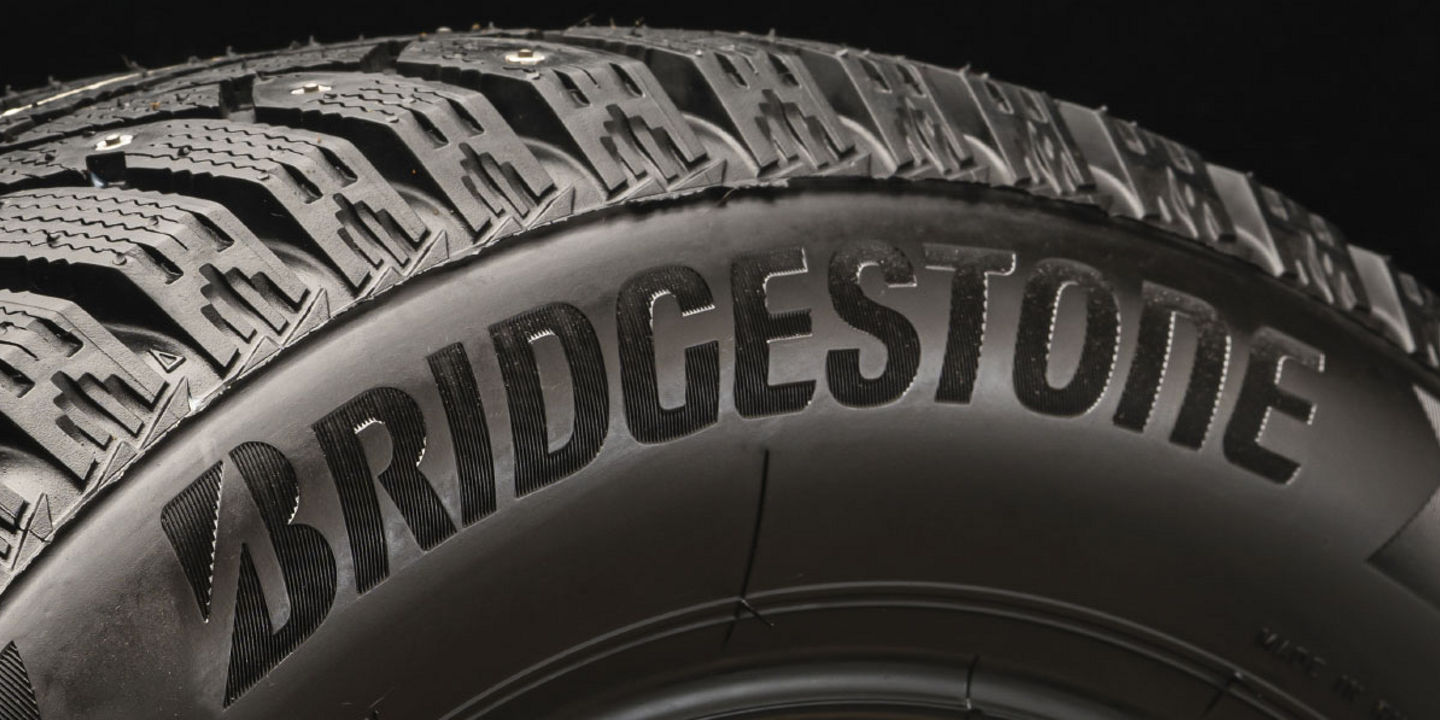Tackling the tough terrains of the local 4x4 track near you might sound like a fun and easy afternoon out, and so it should be. But finding the right tyre size for your 4x4 may not be as fun and easy. The complexities of 4x4 tyre sizing are notorious.
Each year, thousands of people spend fortunes customising and fine tuning their 4x4 off-road vehicles to better deal with tough terrain. Hinges, mudflaps, towbars, and bottom plates are all things that come to mind when you think of 4x4 customisation. And, of course, tyres.
Choosing the right 4x4 tyre for your vehicle is highly important. Tyres can help you to extract the best out of your 4x4. Below, we look at available tyre sizes in our 4x4 Tyre Size Guide.
Know Your 4x4 Tyre Size
Tyres may differ in size, type, and brand, but they all have one thing in common. The tyre sidewall is the source for all the information you need. Each tyre will have a few numbers like 255/75 R18 on the side. These codes may seem daunting at first. Let us make sense of those numbers for you.
255 indicates the width of the tyre, measured from one end of the sidewall to the other. The wider the tyre, the bigger the number.
75 indicates the height of the tyre as an aspect ratio. The tyre wall is measured with the rim removed from the final equation. Again, bigger numbers mean bigger tyres.
R18 means the size (or radius) of the rim that will hold the tyre. As with the previous two figures, the number indicates the size, so higher means bigger.
Matching the right tyre size with your rim is crucial. It will need to fit perfectly to maintain tyre pressure. In the past, tyres had an inner tube placed between the rim and outer rubber. The tube would be inflated and keep the treaded rubber upright.
Today, tyre technology doesn’t require an inner tube. The treated tyre is designed to fit perfectly to the rim. A lip edge design ensures the tyre remains airtight against the rim.
Why did tyre companies decide to remove the inner tube design?
Each company may have a different reason for doing so. The common principles are that it reduces costs for the customer. The fact that tyres don’t need more tubes increases safety because the tubes lacked the stability of modern tyres. It also increased efficiency, as modern tyres benefit from increased stability.
Choosing the Right 4x4 Tyre Size
Consider these three factors when choosing the tyre for your 4x4:
- Will the tyre fit on your current rim? And if you are replacing your rim, will it fit the new one? Make sure to get the sizing matched perfectly. You can get this done at any Bridgestone dealership across the country.
- Will it fit around the wheel arch of your vehicle and not touch the edges? If so, opt for a smaller tyre to limit tyre wear and damage.
- Lastly, ensure that the tyres aren’t too heavy for the engine to move. Speak to your local Bridgestone Tyre Expert about getting the right 4x4 tyre size today.



